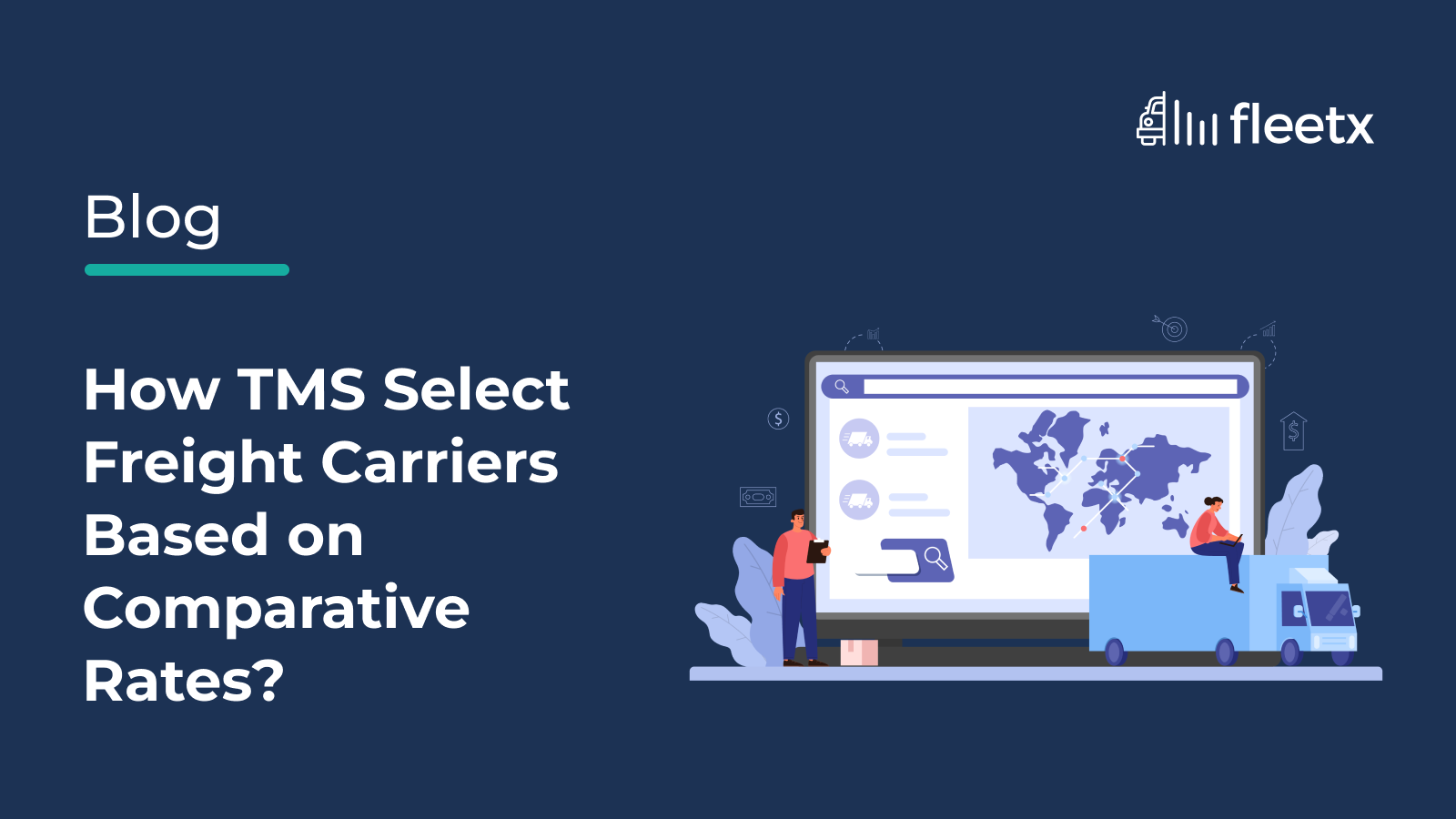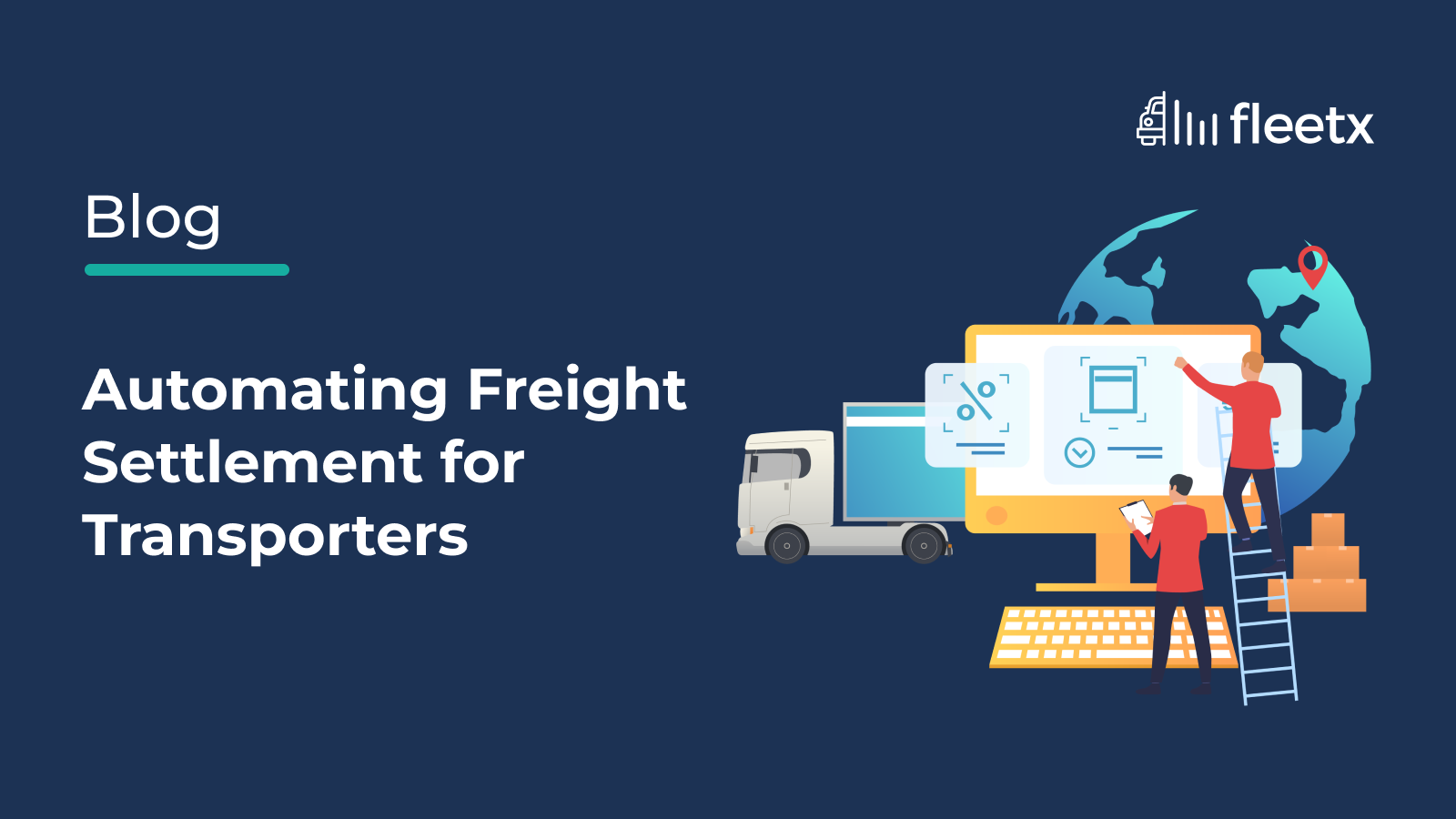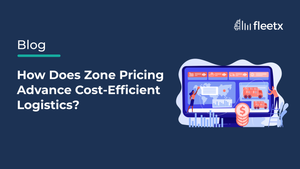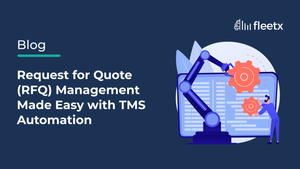
What is the primary driving force of the modern world? The simple answer is – technology.
Tech-based innovation drives all aspects of the modern economy and India’s competitive logistics scenario is no different. Carrier selection in supply chain management is a priority for achieving optimum business efficiency, and an effective way of doing so is through carrier rate comparison enabled by a transport management system (TMS system). An effective transport software implementation not only automates carrier selection but also provides valuable insights into carrier performance, loading/unloading practices, and several other logistics services.
Functioning of TMS
Businesses need a thorough understanding of how a carrier TMS operates to optimize their logistics functions fully. Here’s a brief look at it –
Step 1: Connecting With Carriers
The fundamental stage comprises establishing an effective connection between transport management solutions and the vast carrier network. TMS works as a central data hub for shippers to easily access and compare carrier options and make informed decisions about selecting the optimum service provider.
Step 2: Route & Transport Mode Optimization
While selecting trucking carriers and maintaining a competitive edge, shippers have to ensure timely delivery at the lowest cost and with minimal environmental consequences. A TMS becomes a highly effective automated tool that makes operations cost-effective, sustainable, and adaptable.
Step 3: Real-Time Tracking
A critical TMS feature that is essential for businesses to maintain absolute fleet control is – visibility. Shippers can react to delays or issues with real-time tracking and minimize disruptions, enhancing overall supply chain efficiency. This feature is extremely crucial for ensuring optimum customer satisfaction as well.
Step 4: Scope of Integration
A TMS cannot function in isolation and needs to interact with the broad application ecosystem and ensure the smooth functioning of the overall supply chain network. For instance – enterprise resource planning (ERP) handles different business functions like finance, order processing, invoicing, and more. Through effective TMS integration, logistics functionalities also become a part of the centralized data hub.
Through integration, TMS/freight management software becomes a highly important tool for transporters in providing a reliable framework for choosing the best route and transportation mode. Mode selection is not dependent on only the rate comparison but it’s a significantly important one.
Key Components of Carrier Rate Comparison
- Base Freight Rates – The base price of shipping goods varies based on carrier, lane, and type of shipment.
- Fuel Surcharge – Additional costs due to fluctuating fuel prices.
- Incidental Charges – Extra charges associated with additional services like liftgate delivery, residential drops, and inside pickups.
- Delivery Span – Carrier evaluation that is dependent on the delivery speed.
- Service Standard – Charges also vary according to the reliability score of the carrier, which is analytically based on past delivery success, shipment safety, and SLA compliance.
How Does a TMS Select the Optimum Freight Carrier – Comparative Pricing & More
An advanced TMS lets businesses compare multiple carriers and select the optimum option based on several analytical features within -
Dynamic Pricing Model
TMSs allow businesses to compare the contracted rates or the spot/bidding rates by leveraging real-time market intelligence, aiding shippers in selecting the most economical option. Benefits include:
- Better adjustability to market fluctuations
- Higher flexibility in choosing between contract and spot pricing
- Lower risks by balancing
AI-Driven Selection & Predictive Analysis
The AI and ML-based TMS solutions recommend the optimal carrier choices after analyzing historical shipment data, traffic conditions, weather patterns, and economic trends. The associated benefits are:
- Predictive pricing forecasts rate trends better
- Generating automated ranks based on several performance metrics
- The anomaly detection feature aids in discovering hidden charges and bill discrepancies to avoid overpayment.
Freight Optimization With Multi-Modal Strategies
A multi-modal TMS compares rates across varied transportation modes (LTL, FTL, intermodal, and air freight) and suggests hybrid solutions optimizing costs and transit time. The advantages are:
- Optimized shipping costs by opting for the most efficient transportation
- Lower environmental impact by integrating eco-friendly options
- Higher supply chain resilience through transport diversification
What Does the Future Hold for Shippers?
Carrier rate comparison is no longer only about finding the lowest price. The TMS-based approach empowers shippers to make informed decisions to optimize costs, efficiency, and reliability. Incorporating AI-driven strategies helps businesses build a cost-efficient, resilient, and high-performing logistics network.
Challenges will be there, but carriers and shippers who adopt the latest innovations as the next step in the dynamic logistics landscape will brave the hurdles. Taking a phased approach and aligning the changes with the existing systems would certainly boost the rate of tech adoption and profitability.







